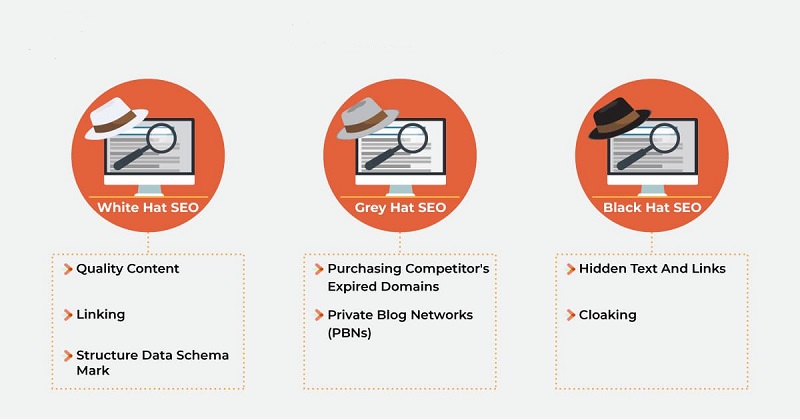
Grey SEO Uncovered: Strategies, Risks, and Effectiveness Explained
Grey SEO Uncovered: Navigating the Grey Area of Search Engine Optimization
Understanding Grey SEO: An Overview
Grey SEO, often situated between the ethical boundaries of White Hat and the risky maneuvers of Black Hat SEO, presents a unique blend of strategies. This approach, while not entirely compliant with search engine guidelines, is not as blatantly manipulative as Black Hat techniques.
What is Grey SEO?
Grey SEO involves tactics that are not explicitly banned by search engine guidelines but are also not entirely ethical. It’s a middle ground, leveraging the flexibility within the rules to optimize a website’s search engine ranking.
The Techniques and Tools of Grey SEO
Grey SEO encompasses a variety of practices. Some common ones include slightly aggressive link-building strategies, using private blog networks (PBNs), and spinning content.
Effectiveness of Grey SEO Strategies
Grey SEO can provide quick results in SERP rankings. However, it’s a delicate balance; overuse or misuse can lead to penalties from search engines.
How Grey SEO is Implemented
Implementation often involves creating backlinks from sites that are set up solely for SEO purposes, rewriting existing content to avoid plagiarism while retaining similar content, and strategically using keywords to manipulate rankings.
Risks and Rewards: Is Grey SEO Worth It?
While Grey SEO can offer short-term gains in rankings, it comes with risks. Search engines constantly update their algorithms to penalize unethical practices, which can include grey area tactics.
Evaluating the Risks
Businesses must weigh the potential benefits against the risks of penalties, including drops in ranking and even delisting from search engine results.

Grey SEO in Practice: Real-World Examples
Several businesses have ventured into Grey SEO with varying degrees of success. Some have seen a boost in their rankings, while others have faced penalties.
Success Stories with Grey SEO
There are instances where Grey SEO has helped businesses achieve rapid growth in web traffic and visibility.
Cautionary Tales
Conversely, there are numerous examples where misuse of Grey SEO techniques has resulted in significant setbacks for businesses.
Case Studies and Outcomes
Analyzing these case studies provides valuable insights into the effectiveness of Grey SEO and its impact on long-term digital marketing strategies.
